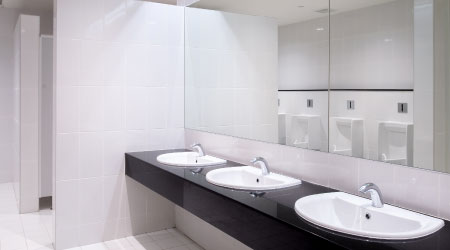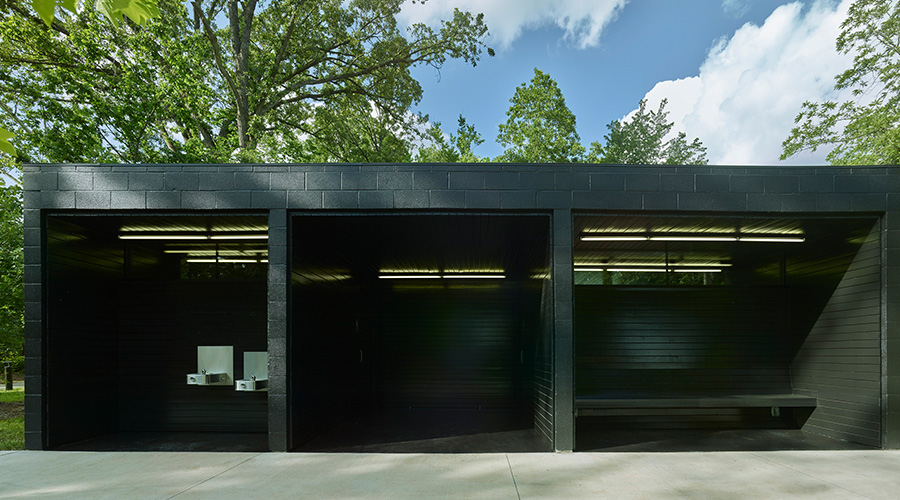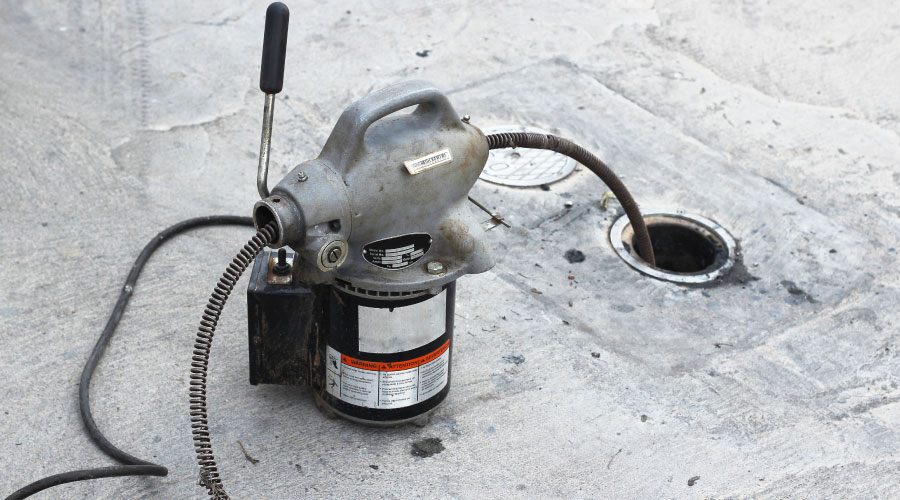 Facing mandates to curtail water use, the Los Angeles Convention Center responded in 2015 by replacing nearly 1,000 toilets and urinals in a series of system upgrades and related projects.Los Angeles Convention Center
Facing mandates to curtail water use, the Los Angeles Convention Center responded in 2015 by replacing nearly 1,000 toilets and urinals in a series of system upgrades and related projects.Los Angeles Convention CenterMaking Plumbing Upgrades Work
Part four of a four-part article on Los Angeles Convention Center restroom upgrades
Many facilities have the luxury of downtime during which maintenance teams can complete major projects, but the convention center — a regular source of hustle and bustle — does not share that benefit. The center hosts more than 350 events year-round ranging in size from several hundred to many thousands of people, and scheduling large projects such as plumbing retrofits involves shutting down restrooms from time to time.
In addition to specifying products, establishing a budget and finding rebates, maintenance managers scheduled time to complete the projects. It turned into one of the more important aspects of the projects.
“We’re different from stadiums and arenas,” says Clemmie Taylor, building superintendent in charge of maintenance and engineering. “They have a lot of downtime. I don’t have a lot of downtime. The biggest challenge for me was working around the events, getting in contact with someone from the event team and getting permission from their clients and the people who lease space.”
The maintenance teams had to take into account noise, installation time and the moving of materials around when scheduling projects.
“We have 350 events here (annually) using the facility 18 hours a day,” Rosicky says. “These types of projects require you to close certain restrooms for an amount of time. We try to minimize that as much as possible by working with our sales department and our event services department so that we wouldn’t inconvenience guests. We had to get all parties on board.”
The duties of the maintenance team also changed after the restroom projects. Instead of devoting extra time to repairs and general maintenance, the plumbers and housekeepers work together to make sure the water closets are performing properly. Housekeepers file nightly reports highlighting potential problems, and the plumbers conduct inspections in the morning to follow up on the reports.
“Because everything is new, the maintenance might be more cursory as an inspection as opposed to actually doing repair work,” Rosicky says.
With the convention center’s restrooms on the road to water efficiency, Rosicky and Taylor continue to look for areas where they can reduce water use even more. One of the areas that the maintenance staff is turning to is the convention center’s kitchen area.
“We’re a big catering operation, and we’re looking at cleaning plates with air as opposed to water,” Rosicky says. “It can’t get 100 percent clean, but we can get about 90 percent of the waste before it goes right into the dishwasher. A small restaurant in the area saved a quarter-million gallons of water in a year (by changing to air). I can’t imagine what we could save at an event center of this magnitude.”
Related Topics:















